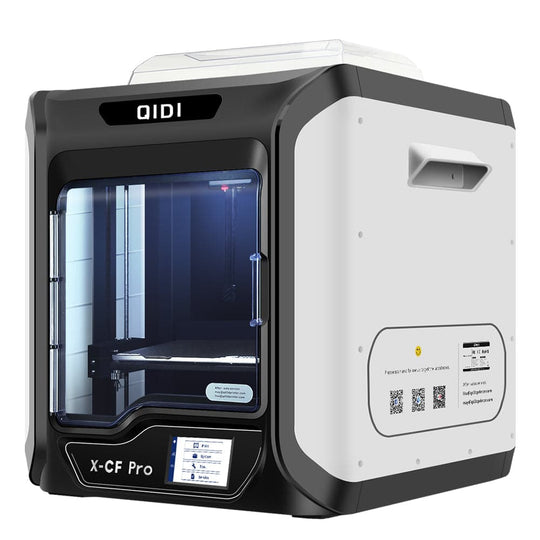When it comes to additive manufacturing, Fused Deposition Modeling (FDM) 3D printers have revolutionized the way products are designed and produced. The versatility and cost-effectiveness of FDM 3D printers have made them indispensable in a wide range of industries. Let's explore the applications of FDM 3D printers in various industries and understand how they are shaping the future of manufacturing.

Automotive Industry
The automotive industry has embraced FDM 3D printing technology to accelerate the prototyping and production of parts. From concept modeling to functional testing, FDM 3D printers are used to create intricate components with high strength and heat resistance. This technology enables rapid iteration and customization, leading to faster product development cycles and cost savings. For example, automotive manufacturers use FDM 3D printers to produce lightweight and durable parts for vehicles, such as interior panels, engine components, and custom fixtures.
Medical and Healthcare
In the medical and healthcare sector, FDM 3D printers are utilized to fabricate patient-specific anatomical models, surgical guides, and prosthetics. Surgeons can use 3D-printed models to plan complex surgeries and practice intricate procedures, leading to improved patient outcomes. Additionally, FDM 3D printers are employed to create customized orthopedic implants and dental devices, offering personalized solutions for patients. The ability to produce complex geometries and bio-compatible materials makes FDM 3D printing a game-changer in the medical field.
Aerospace and Defense
Aerospace and defense companies leverage FDM 3D printing to manufacture lightweight yet robust components for aircraft, spacecraft, and military equipment. The design freedom offered by FDM technology allows engineers to create complex geometries that were previously unattainable using traditional manufacturing methods. This results in reduced weight, improved fuel efficiency, and enhanced performance of aerospace and defense systems. FDM 3D printers are also used to produce tooling, jigs, and fixtures that streamline the assembly and maintenance processes in this industry.
Consumer Goods and Electronics
In the consumer goods and electronics sector, FDM 3D printers are employed to rapidly prototype new product designs and iterate based on user feedback. This agile approach to product development enables companies to bring innovative products to market faster and stay ahead of the competition. From wearable devices to household appliances, FDM 3D printing facilitates the creation of intricate and functional prototypes, reducing time-to-market and production costs. Moreover, the customization capabilities of FDM 3D printers allow for personalized consumer goods tailored to individual preferences.
As we have explored the diverse applications of FDM 3D printers in various industries, it is evident that this technology is driving innovation and reshaping traditional manufacturing processes. The ability to produce complex geometries, functional prototypes, and end-use parts with FDM 3D printers has unlocked new possibilities across industries, leading to increased efficiency, cost savings, and product customization. With continuous advancements in materials and printing technologies, the potential for FDM 3D printers to revolutionize manufacturing is limitless.







